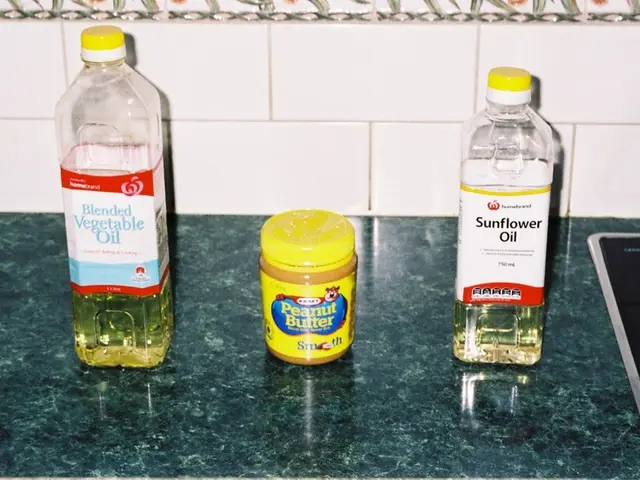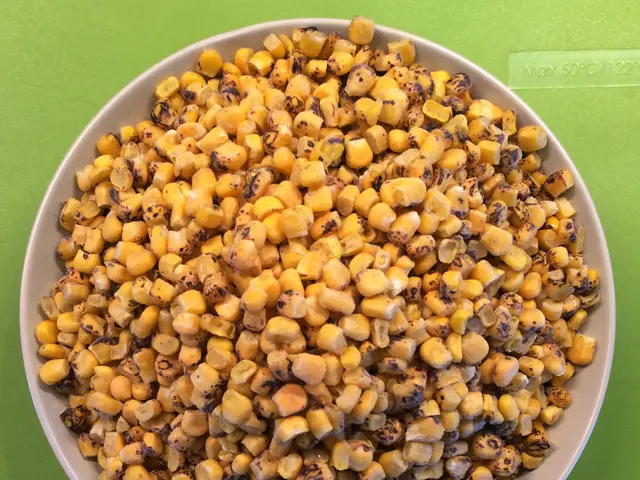Nipple bleeding: Reasons and when medical advice is necessary
Bleeding nipples are not solely a nursing-related issue, and understanding the various causes can help individuals identify the root of their discomfort. This article explores several non-nursing conditions that may lead to bleeding nipples.
One common cause is breast infections and mastitis, which can occur even outside of breastfeeding. These infections can result from areola damage due to nipple piercing, plucking hairs around the nipple, or other forms of trauma. The infection can cause pain, swelling, redness, and in some cases, bleeding if the skin or tissue is damaged or cracked.
Fibrocystic breast changes, fibroadenomas, and Duct ectasia are other benign breast conditions that can lead to nipple bleeding. Although these conditions primarily cause symptoms like lumpiness, swelling, and tenderness, severe irritation or hormonal changes associated with these conditions can sometimes cause skin irritation or damage around the nipples, potentially leading to bleeding.
Trauma or injury to the breast, including bruising or direct trauma, can also cause bleeding. Breast injuries, biopsies, or surgeries can damage blood vessels near the nipple, leading to bleeding nipples.
External causes, such as cracked nipples not related to breastfeeding, excessive suction or trauma from devices (like breast pumps improperly used), or other mechanical irritation, can also cause small capillary damage and bleeding.
Certain bleeding disorders or medications that affect blood clotting can predispose individuals to nipple bleeding without a direct nursing cause.
In addition to these causes, nursing-related issues such as poor positioning, babies latching incorrectly, and thrush (an oral fungal infection in infants that can be transferred to the nursing person) can also cause nipple pain and potential bleeding.
It is essential to consult a healthcare professional for proper diagnosis and treatment if nipple bleeding occurs without clear nursing-related causes. Early detection and treatment can help prevent more serious complications.
Sources: [1] Breastfeeding Answers: A Guide for Helping Mother's, P. 60 [2] Breastfeeding and Medical Problems, P. 160 [3] Breastfeeding and Your Health: A Guide for Mothers, P. 124 [5] Breastfeeding: A Guide for the Medical Profession, P. 156
- Beyond nursing issues, breast cancer is another medical condition that can lead to nipple bleeding, signifying a potential health concern requiring prompt medical attention.
- People should be aware that certain skin-care practices, such as nipple piercings or hair plucking, could potentially cause breast infections, mastitis, and subsequent nipple bleeding.
- Besides breast infections and nursing-related issues, mental health conditions could indirectly lead to self-inflicted nipple trauma and bleeding, highlighting the importance of seeking help for mental well-being as part of overall health-and-wellness.
- Womens-health conditions like fibrocystic breast changes, fibroadenomas, and Duct ectasia can cause nipple bleeding due to hormonal fluctuations or severe irritation around the nipple area.
- Apart from the usual suspects, certain medications affecting blood clotting can predispose individuals to nipple bleeding, emphasizing the necessity of discussing medication side effects with healthcare professionals to ensure a comprehensive understanding of potential health impacts.




